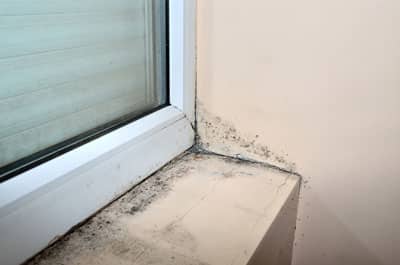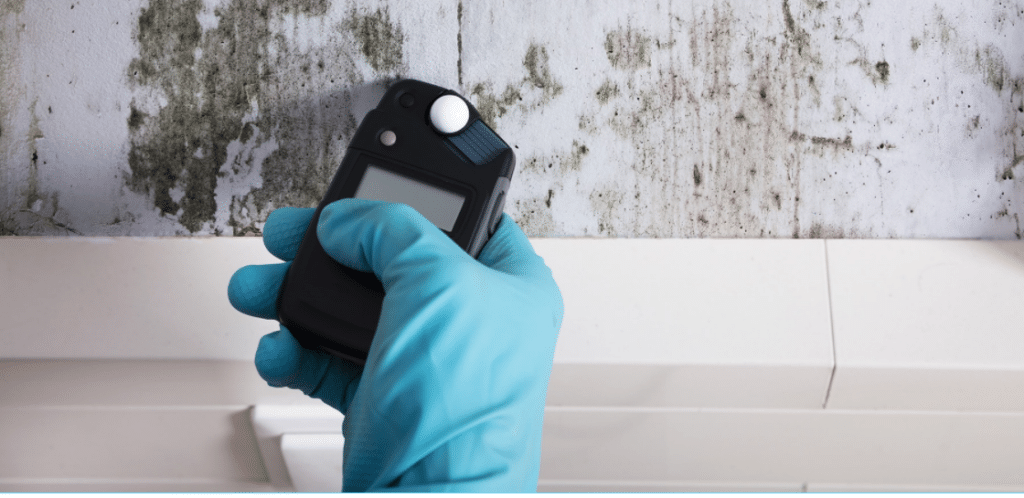Comprehensive Post Mold Remediation Procedures
Comprehensive Post Mold Remediation Procedures
Blog Article
Expert Tips for Article Mold Removal Success
In the realm of mold and mildew removal, effectively removing mold and mildew is only half the battle; the true challenge exists in stopping its reappearance. By sticking to experienced tips and best practices, individuals can safeguard their spaces against mold and mildew resurgence and maintain a healthy indoor atmosphere.
Screen Humidity Levels Frequently
After completing mold remediation procedures, maintaining ideal moisture levels is crucial to stop mold and mildew re-growth and make sure a healthy interior environment. High moisture levels above 60% create a helpful atmosphere for mold to grow, making regular keeping an eye on an aggressive measure to avoid any type of future mold and mildew issues.
Using hygrometers or dampness meters can assist in accurately measuring humidity degrees in various locations of the property. These tools give real-time information that enables remediation experts to make educated choices pertaining to air flow, dehumidification, and various other necessary actions to preserve excellent moisture degrees post-remediation. In addition, establishing a routine schedule for humidity checks, especially in risky locations such as cellars, kitchens, and shower rooms, is an aggressive approach to mold and mildew prevention. By consistently keeping track of humidity levels, residential property owners can properly minimize the threat of mold and mildew reoccurrence and maintain a healthy and balanced interior atmosphere post-remediation.
Conduct Thorough Inspections Post-Remediation
Adhering to the completion of mold and mildew removal procedures, it is crucial to conduct detailed inspections to validate the effectiveness of the remediation procedure. These post-remediation inspections are vital in ensuring that the mold problem has actually been successfully dealt with which there is no reappearance or remaining mold growth. Examinations should be brought out by certified professionals who have competence in recognizing mold and mildew and evaluating indoor air top quality.
Throughout these inspections, various techniques such as visual evaluations, air sampling, and surface sampling might be utilized to extensively evaluate the remediated areas. Visual assessments entail a detailed evaluation of the properties to inspect for any noticeable indicators of mold development or water damages. Air tasting assists in determining the air-borne mold spore levels, while surface tasting can discover mold particles on surface areas.
Implement Correct Air Flow Techniques
After guaranteeing the effectiveness of the mold and mildew remediation procedure with thorough examinations, the next critical action is to focus on carrying out correct ventilation strategies. Appropriate ventilation is important in preventing mold and mildew reoccurrence by regulating moisture levels and advertising air circulation.
Proper ventilation not only aids in avoiding mold growth yet additionally contributes to the overall health and comfort of residents. By guaranteeing ample ventilation throughout the residential or commercial property, you can lower the threat of mold and mildew regrowth and produce a healthier living setting.

Usage Mold-Resistant Materials for Repairs
To boost the lasting efficiency of mold removal efforts, incorporating mold-resistant products for repair work is essential in find here mitigating the threat of future mold and mildew growth. Mold-resistant products are developed to withstand dampness and inhibit mold and mildew growth, making them an essential selection for areas vulnerable to dampness and moisture. When repairing locations affected by mold and mildew, using products such as mold-resistant drywall, mold-resistant paints, and mold-resistant caulking can help stop mold reoccurrence.
Mold-resistant drywall is an exceptional choice to conventional drywall in locations like cellars and bathrooms where dampness degrees are higher. When revealed to damp problems, this kind of drywall has an unique layer that resists mold growth even. Furthermore, utilizing mold-resistant paints consisting of antimicrobial representatives can better inhibit mold and mildew growth on wall surfaces and ceilings.
In locations where dampness prevails, such as washrooms and cooking areas, making use of mold-resistant caulking around home windows, bathtubs, and sinks can assist secure out water and stop mold from taking hold in cracks and crevices. By purchasing these mold-resistant products during repair work post-remediation, you can see it here considerably minimize the probability of future mold problems and keep a much healthier indoor atmosphere.
Maintain Cleanliness and Address Water Issues
After mold and mildew remediation, it is important to keep a clean atmosphere to stop the regrowth of mold. Leaks, water breach, or high moisture levels can produce the perfect breeding ground for mold and mildew, so it is vital to fix any type of water-related problems right away.
To keep cleanliness, consider making use of HEPA filters in vacuum cleaners and air purifiers to trap mold and mildew spores and stop their flow airborne. Making certain appropriate air flow in areas susceptible to moisture accumulation, such as kitchen areas and restrooms, can assist keep humidity levels in check. By remaining watchful regarding cleanliness and dealing with water issues without delay, you can efficiently stop mold reinfestation and keep a healthy indoor setting.
Conclusion

In the realm of mold removal, successfully getting rid of mold is just half the battle; the real challenge lies in avoiding its reappearance. After completing mold and mildew removal treatments, maintaining optimal moisture degrees is essential to protect against mold re-growth and make read review certain a healthy indoor environment. High humidity levels over 60% create a conducive environment for mold to thrive, making regular keeping an eye on an aggressive action to protect against any future mold and mildew problems.
To boost the lasting performance of mold remediation efforts, integrating mold-resistant materials for repair services is vital in reducing the risk of future mold and mildew growth. After mold and mildew removal, it is crucial to maintain a clean environment to avoid the regrowth of mold.
Report this page